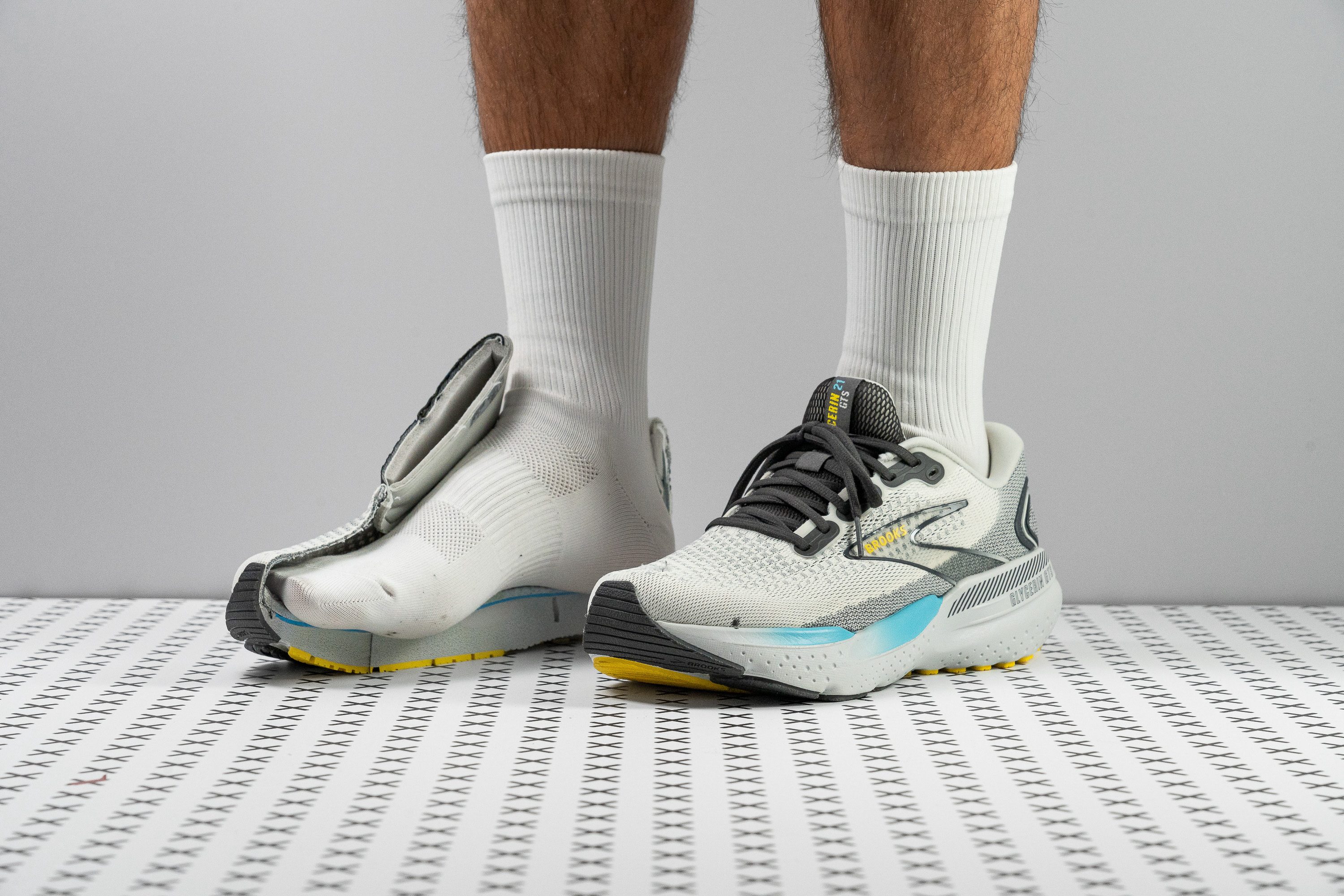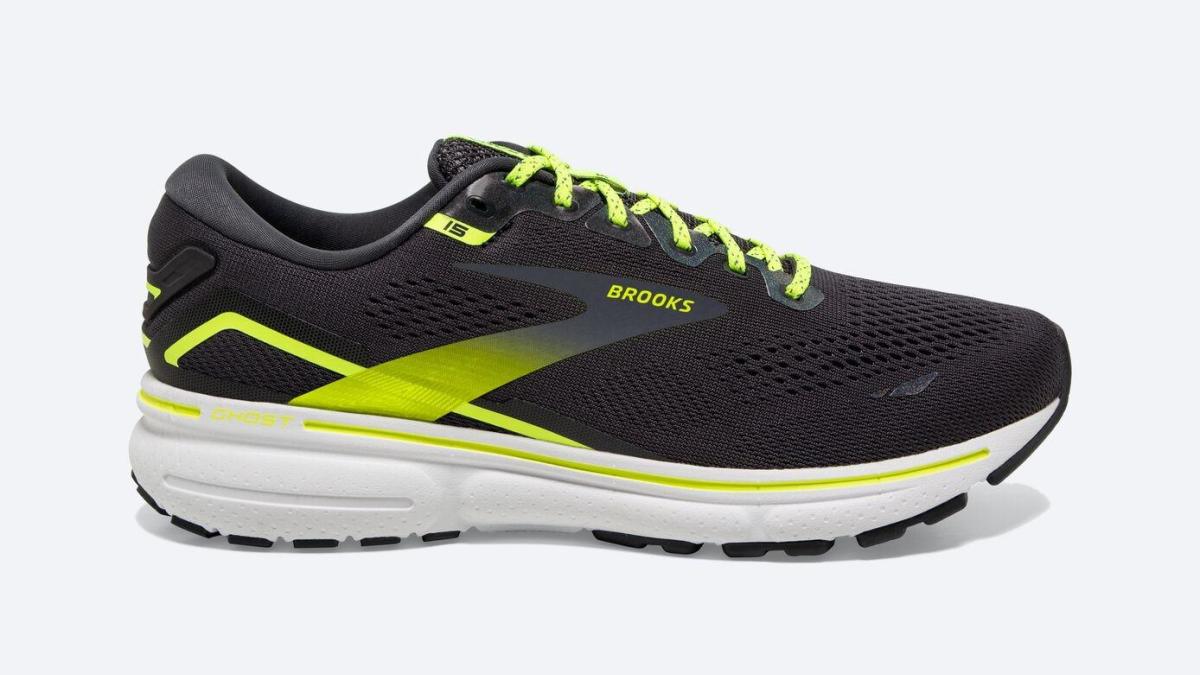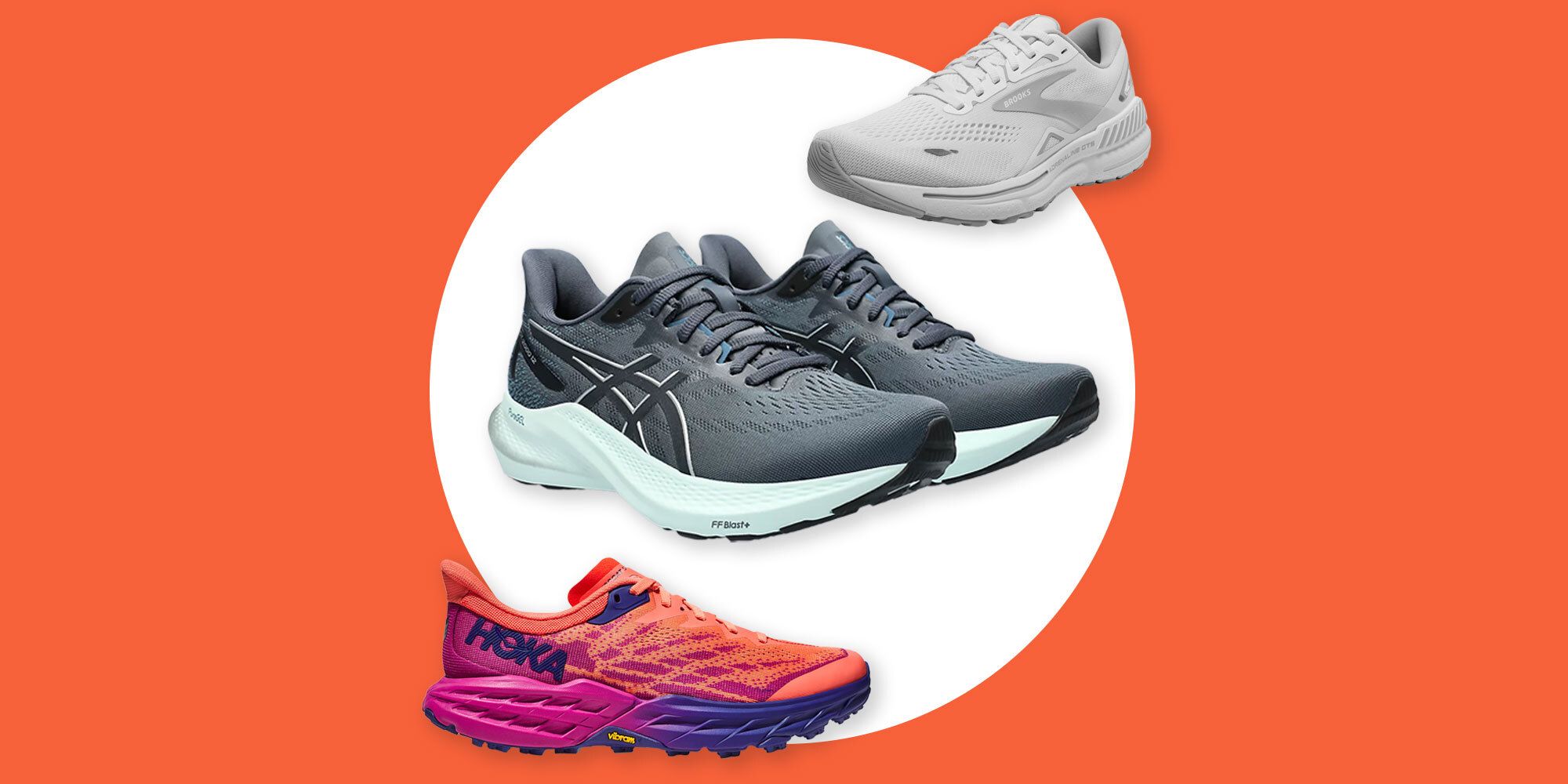Understanding Plantar Fasciitis
Plantar fasciitis is a common foot condition characterized by inflammation of the plantar fascia, the thick band of tissue that runs across the bottom of your foot. This condition can lead to significant heel pain and can affect your daily activities.
Common symptoms include sharp pain in the heel, especially with the first steps in the morning or after sitting for long periods. Engaging in running or standing for extended periods can exacerbate the pain. For many, finding the right footwear becomes crucial in managing symptoms and preventing flare-ups.
Brooks Shoes: An Overview
Brooks Sports, Inc. has established itself as a leader in running shoe technology, particularly known for producing high-quality footwear designed to enhance performance and comfort. But how do Brooks shoes stack up when it comes to managing plantar fasciitis?
Why Choose Brooks Shoes for Plantar Fasciitis?
Brooks shoes are specifically designed for runners, and many models incorporate features that can benefit individuals suffering from plantar fasciitis. Below are a few critical attributes:
- Cushioning: Brooks shoes often feature significant cushioning to absorb impact, making them gentler on the feet.
- Arch Support: Many Brooks models offer enhanced arch support, which can alleviate pressure on the plantar fascia.
- Stability: Stability features help in maintaining proper alignment, reducing the risk of overpronation which contributes to plantar fasciitis pain.
Popular Brooks Models for Plantar Fasciitis
When considering Brooks shoes for plantar fasciitis, several models stand out:
1. Brooks Ghost Series
The Ghost series is renowned for its plush cushioning and flexibility, making it an excellent choice for those dealing with foot pain.

2. Brooks Glycerin Series
With ultra-soft cushioning, the Glycerin line provides exceptional shock absorption, reducing stress on the feet.
3. Brooks Adrenaline GTS Series
This model offers stability and support, crucial for those who overpronate and may develop plantar fasciitis issues.

Comparison Table of Popular Brooks Models
| Model | Cushioning | Support Type | Weight |
|---|---|---|---|
| Ghost | Plush | Neutral | 9.0 oz |
| Glycerin | UltraSoft | Neutral | 10.4 oz |
| Adrenaline GTS | Balanced | Stability | 10.4 oz |
Benefits of Wearing Brooks Shoes for Plantar Fasciitis
There are numerous advantages to using Brooks shoes for those with plantar fasciitis:
- Improved Comfort: The cushioning technology in Brooks shoes enhances comfort during activities.
- Long-lasting Durability: Brooks shoes are built to withstand regular use, making them a worthy investment.
- Stylish Designs: Available in various styles and colors, Brooks shoes cater to personal aesthetic preferences.

Drawbacks of Brooks Shoes for Plantar Fasciitis
While Brooks shoes offer many benefits, there are also potential drawbacks to consider:
- Price Point: Brooks shoes can be on the pricier side, which may not fit every budget.
- Fit Issues: Some users report sizing inconsistencies, suggesting trying shoes in-store before purchasing.
- Limited Arch Support for Some Models: Not all Brooks models provide enough arch support for every foot type.
Personal Experiences and Cultural Insights
Many runners and casual walkers across the USA share their experiences with Brooks shoes. For instance, in running communities in cities like Boulder, Colorado, and San Francisco, California, Brooks shoes have garnered praise for their comfort and performance. Local running stores often recommend them to customers suffering from various foot ailments, including plantar fasciitis.

Expert Opinions and Research
Numerous studies and expert opinions support the use of highly cushioned running shoes for managing plantar fasciitis. According to a study published in the Journal of Bone and Joint Surgery, running shoes with improved cushioning can significantly reduce heel pain associated with plantar fasciitis.
Tips for Choosing the Right Brooks Shoe
When selecting Brooks shoes for plantar fasciitis, consider the following:
- Assess Your Foot Type: Understand whether you have flat, neutral, or high-arched feet, as this affects your shoe choice.
- Try Before You Buy: If possible, visit a store to try on various models. Walk around to assess comfort and fit.
- Consult Professionals: Seek advice from podiatrists or orthopedic specialists if you’re unsure which model is best for you.

FAQs about Brooks Shoes and Plantar Fasciitis
Do Brooks shoes provide enough arch support for plantar fasciitis?
Many Brooks models offer excellent arch support, particularly the Adrenaline GTS series. However, it’s important to assess individual needs, as foot biomechanics vary.
Can Brooks shoes help alleviate plantar fasciitis pain?
Yes, the cushioning and support offered by Brooks shoes can significantly reduce discomfort for individuals suffering from plantar fasciitis.

What is the price range for Brooks shoes?
Brooks shoes typically range from $120 to $160, depending on the model and features.
Are there any specific Brooks shoe recommendations for flat feet?
The Brooks Adrenaline GTS and Brooks Beast are often recommended for individuals with flat feet, as they provide additional stability and support.

How often should I replace my Brooks shoes?
For those who regularly use their Brooks shoes, it’s suggested to replace them every 300-500 miles, depending on wear and tear.